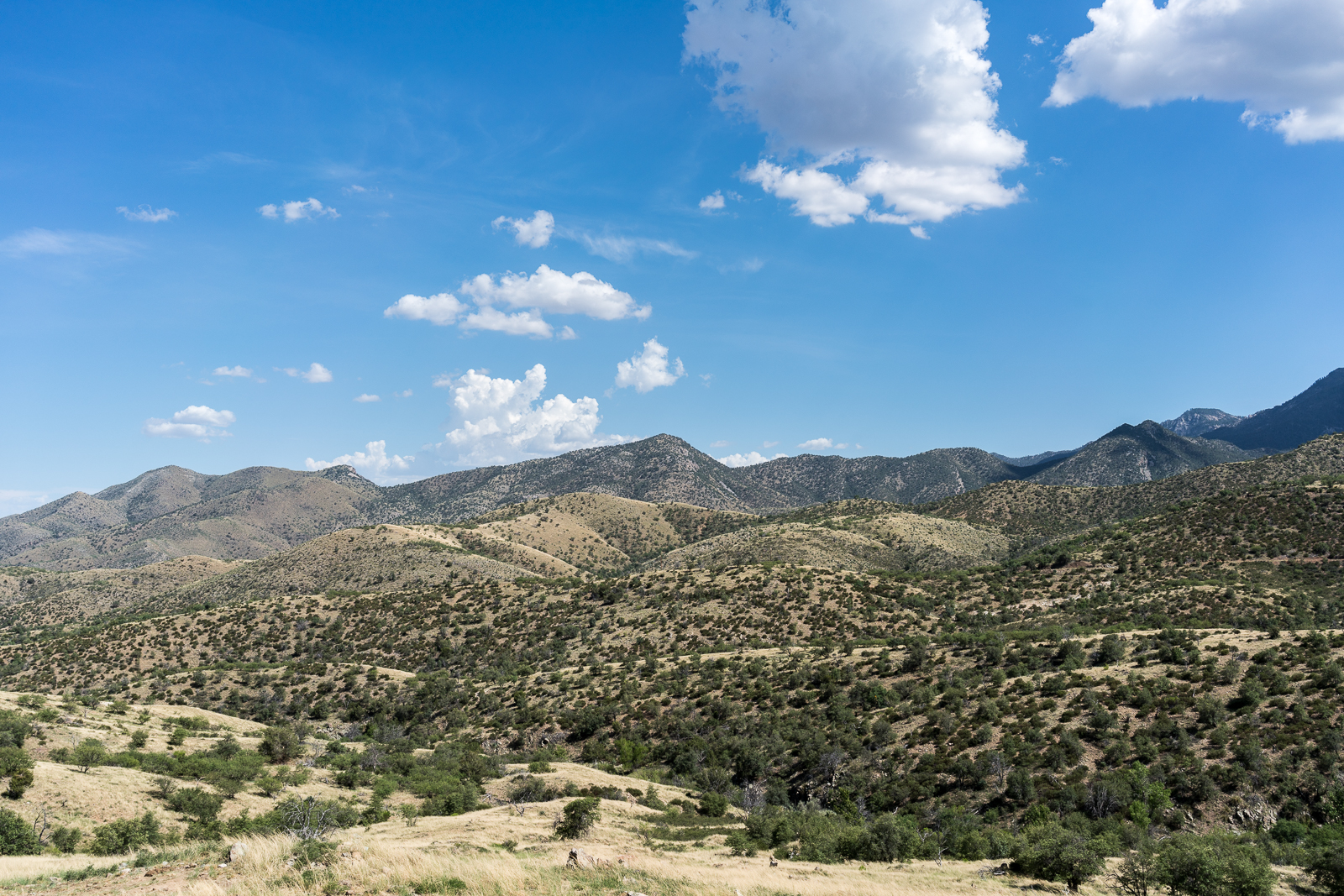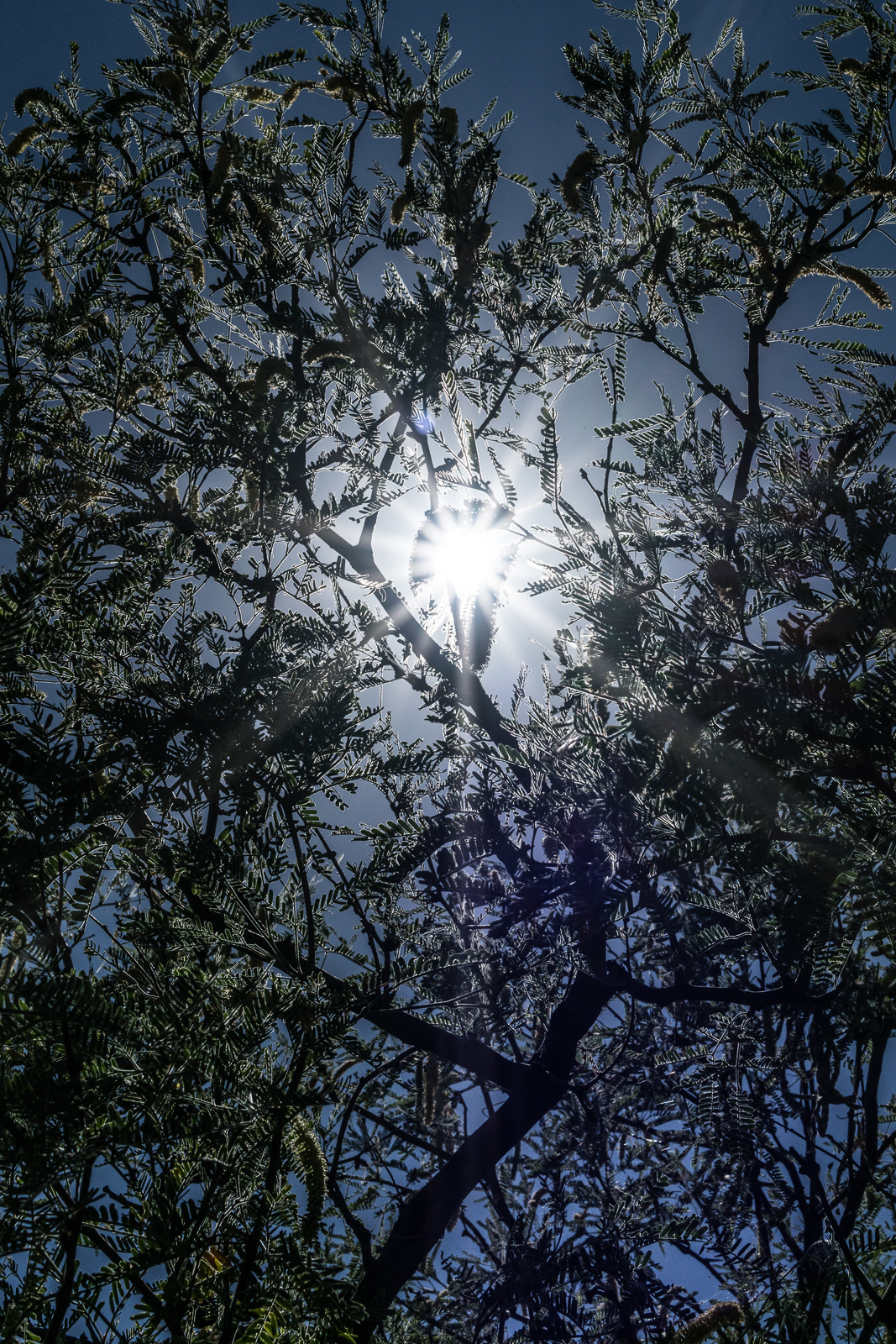
Bicycle Tucson recently made two posts – Honeybee neighborhood to attempt bike ban Oct. 1 and Show your support for trail access at OV town council – that you should read about an access issue in the Honeybee Canyon/Rancho Vistoso/Oro Valley area.
Access has been an issue in this area before – see After 30 years of fighting and compromise, Rancho Vistoso nearly complete for some details back into the 1990s and HONEYBEE CANYON/TORTOLITA MOUNTAIN ACCESS UPDATE for more recent history – and it appears that there may be an upcoming chance to influence future access – posted to Facebook by The Damion Alexander Team:
The Home Owner Association at Honeybee Ridge has put up a sign saying that trail access via the easement off of Quiet Rain Dr. will be closed as of October 1, 2016.
There are differences of legal opinion as to if the HOA has the authority to do this. Regardless of if they have the law on their side, what is clear is the community needs to create a permanent access to these trails.
We need the elected officials to know how important this for the kids and families, businesses, tourism, health and vitality of Oro Valley and the region. HoneyBee/Rail X Ranch Trails offer some of the best beginner trails in the region and are often used in the National promotion of our region.
At the city council meeting on September 7th at the call to the audience the cycling community and other trail users need to show up and tell the mayor and council how important this access point is. We also need to make them aware of other options (AND THE CURRENT LACK THERE OF) for accessing Honeybee trail.
With the current election many in candidates are calling for a new and improved Oro Valley. One that is not known as just a retirement community. Because of this our voice will resonate louder. Please take your time and show up for this meeting. If you can’t make this one, show up at the next one. We are going to need to keep a constant vigil to save our trails.
The meeting is at 6:00 PM on September 7th. at the Oro Valley Town Hall. 11000 N La Canada Drive Oro Valley, AZ 85737















